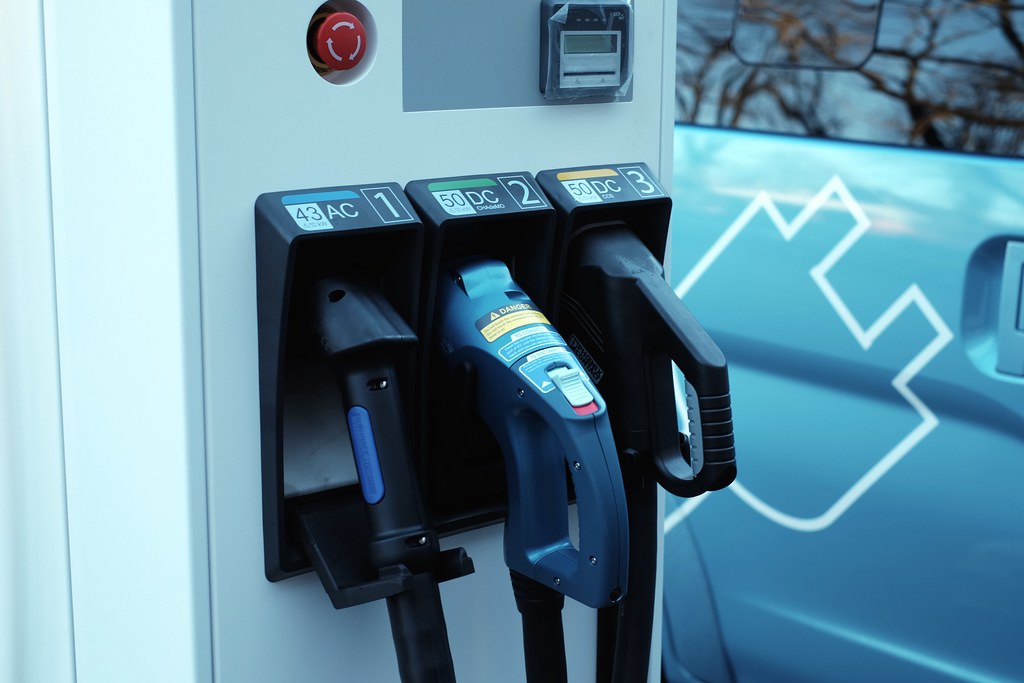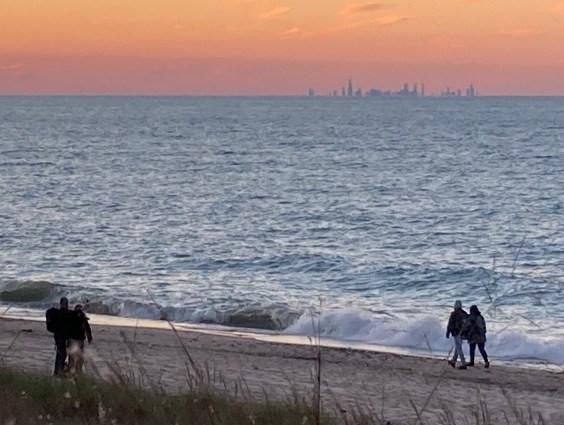On the roster of cities making progress on green transportation in the western U.S., you have the usual suspects like Portland and Denver. But in terms of building track miles and adding busways, the city on the fastest pace might just be Salt Lake City, Utah.
Over the last decade, the capital of the reddest state in the union has quietly built one of the most comprehensive light rail systems in the country, says Yonah Freemark at the Transport Politic. This weekend SLC opened two new light rail lines, an expansion that nearly doubled its rail network.
And Salt Lake City isn't stopping there. The city is planning a supporting network of streetcar and bus rapid transit lines. Also on the agenda are a heightened focus on transit-oriented development and increasing bus frequency.
The city owes its progress to the shrewd leveraging of federal funds, Freemark writes:
The region, with about 1.2 million inhabitants, now has as much light rail — 35 miles of it — as far larger metropolitan areas like Denver. Total TRAX ridership is expected to reach 58,000 a day by the end of this year, up from 43,000 today; ridership could exceed 100,000 daily by 2030.
These extensions, in addition to the Sugar House streetcar half-funded by a federal TIGER II grant and the BRT routes, are being completed fifteen years ahead of what was predicted to be feasible by the region’s original long-term plans laid out in the early 2000s. UTA’s 2003 purchase of the rail corridors along which most of the routes run was assumed to provide for expansion needs up to 2030 or 2040, but local entrepreneurship and skilled application of federal dollars pushed up construction.
Moreover, Utah seems to have taken strongly to the idea of transit-oriented development: A massive new mixed-use project called Daybreak has been constructed southwest of the city, directly along the final two stations of the Mid-Jordan extension.The developers were so convinced of the value of light rail that they agreed to provide $13 million in property and cash to the UTA to speed the line’s construction. Inhabitants of the area who work downtown may find the transit offering appealing: The reliable 42-minute trip time offered between it and Salt Lake’s courthouse is only about five minutes slower than a car trip on uncongested roads. As Jeff Wood has noted, it will be interesting to examine commuting trends for people who live here to see whether light rail is a useful tool or simply an exciting accessory to what is otherwise a standard suburban subdivision.
Salt Lake City's impressive progress would not have been possible without generous investment by the federal government. The city has received more than $1 billion from the feds, reports Freemark. And with the period of fiscal austerity that is currently prevailing, the window for other communities to follow may not necessarily stay open very long.
Elsewhere on the Network today: Shareable Cities reports on a new survey that shows car-sharing is delivering on its promise to reduce driving. Los Alamos Bikes wonders whether a local cyclist would still be alive had the state of New Mexico kept its promise to fully pave road shoulders. And M-Bike.org asserts that cycling continues its grassroots-level boom in Detroit.






